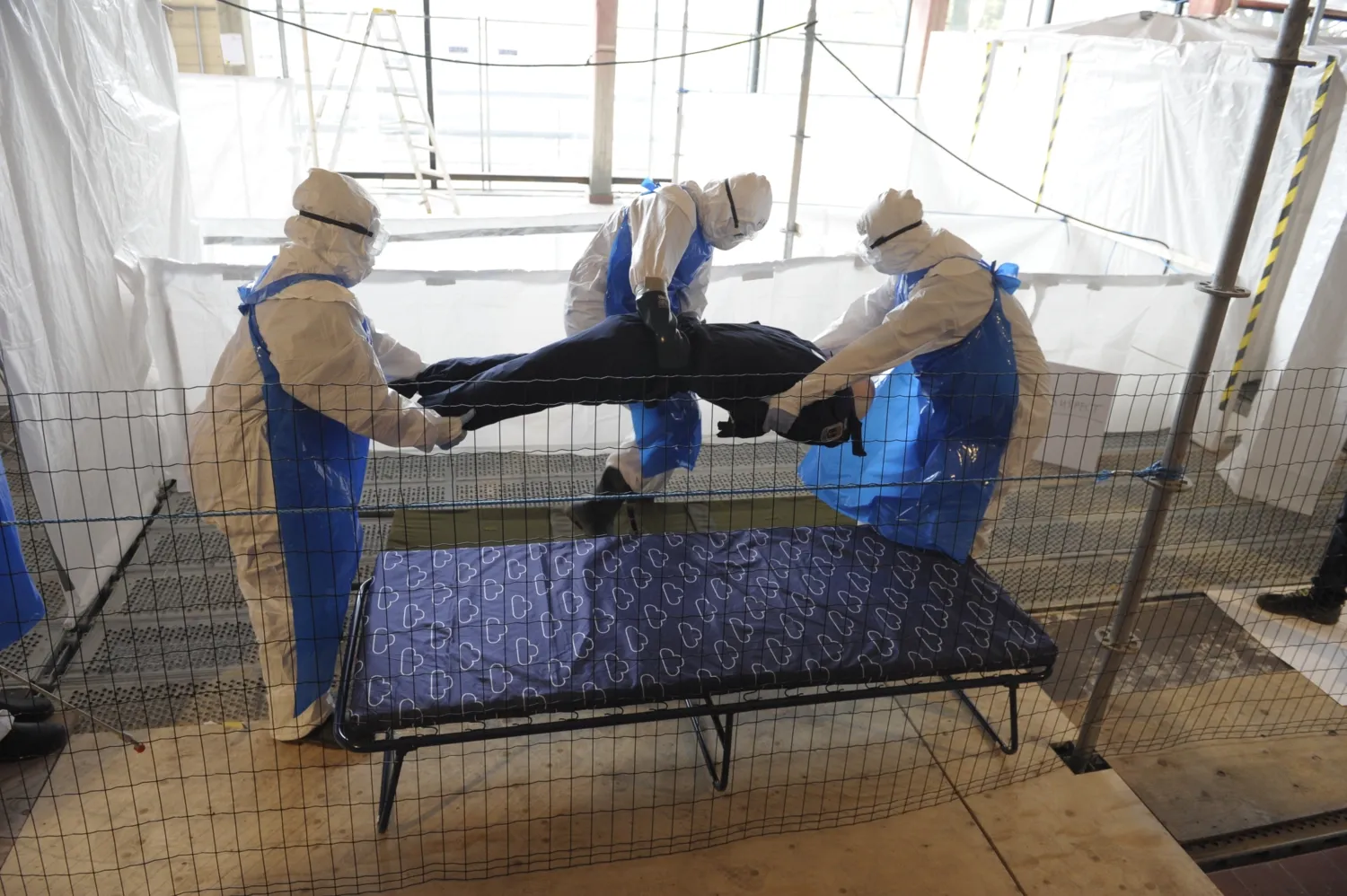Infection control and outbreak preparedness when the virus is loose

We all recognise the scene from countless horror movies and thrillers. A new, unknown virus is spreading. Panic ensues! Suddenly, the streets of New York are filled with people in yellow hazmat suits with big helmets, carrying stretchers where people lie writhing in terrible agony. But what is does it really look like when we prepare for and manage communicable diseases? The Centre for Health Crises’ expert coordinator knows more.
Although the real world is rarely as dramatic as the storylines on the silver screen, we are regularly affected by outbreaks of communicable diseases, both known and unknown. In recent years alone, we have become familiar with diseases such as COVID-19, avian flu and, most recently, Mpox. And there is a preparedness system in place for outbreaks of infectious diseases.

"In Sweden, we have a system where laboratories and physicians have a legal duty to inform about certain diseases (known as anmälningspliktiga sjukdomar, in Swedish), in order to be able to monitor certain diseases that we consider to be both particularly contagious and harmful on a societal level. We also have preparedness for communicable diseases at our hospitals, a system of infection control doctors in the county councils and a government authority, the Public Health Agency of Sweden, which works, among other things, with preparedness for infectious diseases. We are also part of international systems, with bodies such as the European Centre for Disease Prevention and Control (ECDC) and the WHO that work with infection control and global surveillance. All together, this creates a system for preparedness and management of infectious diseases, locally to globally," says Hedvig Glans, infectious disease physician and expert coordinator in Outbreak Preparedness and Response at the Centre for Health Crises.
The ability to scale up
An outbreak of an infectious disease can lead to a health crisis, not least if the needs exceed the resources available (a situation described in more detail in a previous article in this series). To prepare for such a situation, the concept of ‘surge capacity’ is often referred to (also mentioned in a previous article in this series). In her role as expert coordinator, Hedvig is interested in several aspects of surge capacity.
"We often think of preparedness as stuff, having access to the right gear and material. Especially thinking back to the pandemic, everyone might remember the lack of face masks and other problems with PPE. And that's obviously important. But preparedness is more than having the right things in stock," she says.
Not least, we need to have staff who can work and who have the right skills. Right now, I'm looking in particular at the education of future doctors, as part of our preparedness for future health crises. I want to know how are using the lessons learned from COVID-19 and how they have been integrated into medical training, not least around infection control and preparedness’, she says.
Compiling and implementing lessons from past health crises, such as the COVID-19 pandemic, and using them to improve preparedness for the future, is something the Centre for Health Crises works with across the board.
